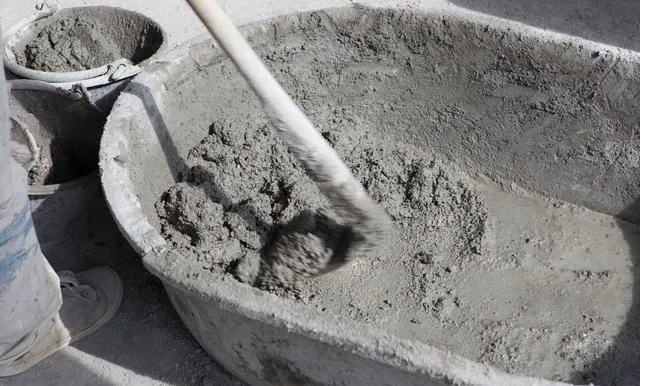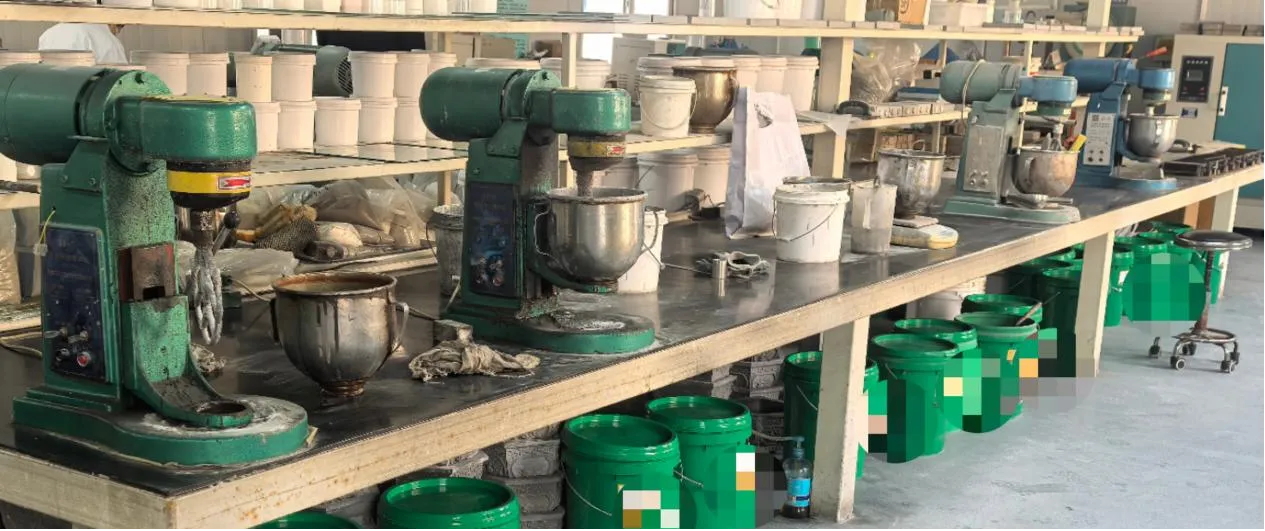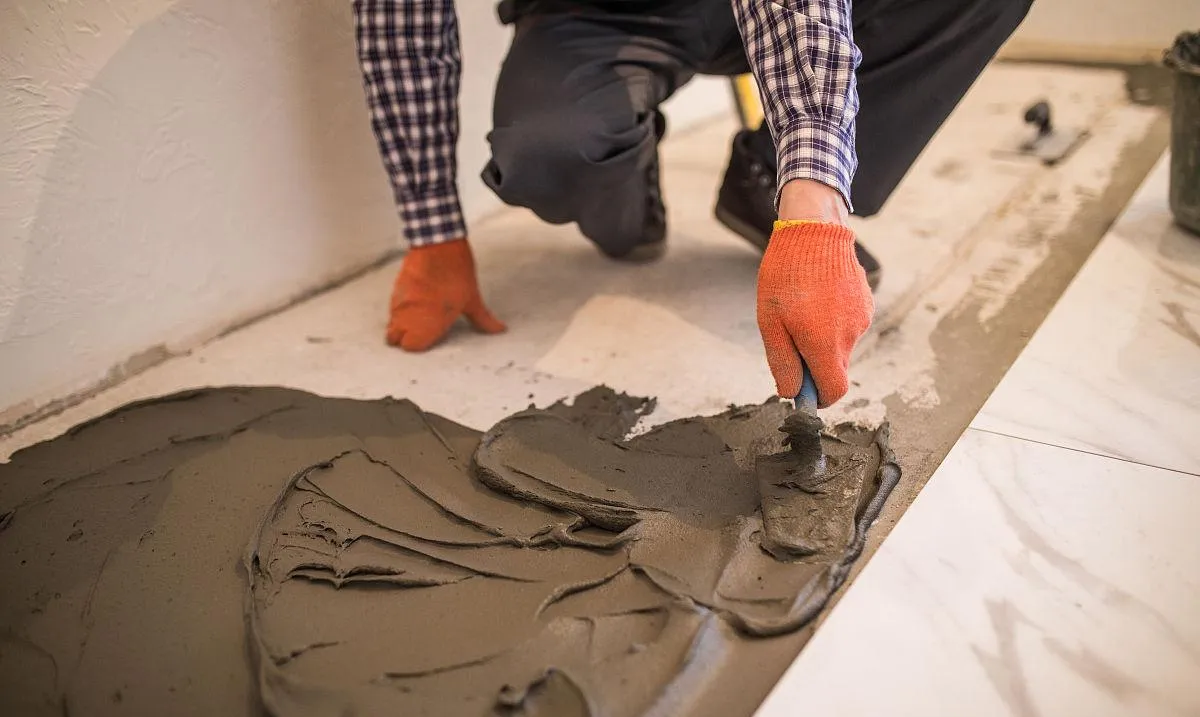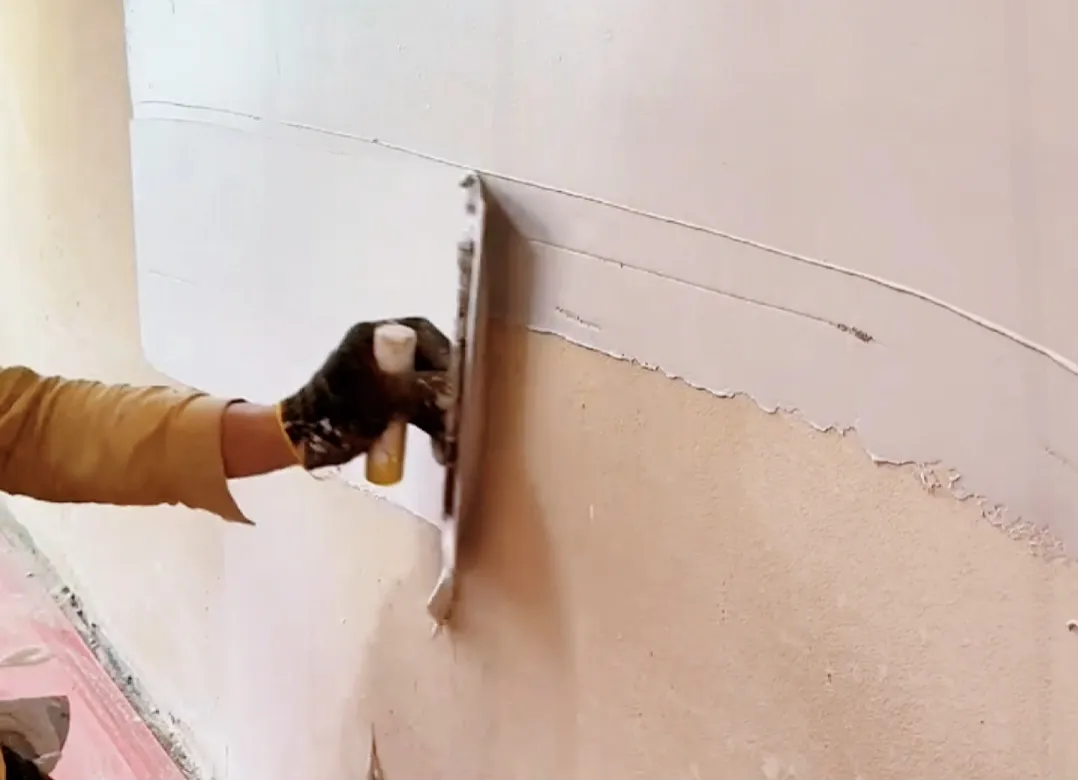
Hydroxypropyl Methylcellulose: The Multifunctional Additive Transforming Modern Construction
In the ever - evolving construction industry, where innovation and efficiency are paramount, hydroxypropyl methylcellulose has emerged as a transformative force. As a leading wholesaler deeply involved in the building material additives market, we've witnessed firsthand the profound impact of this remarkable substance. Hydroxypropyl methyl cellulose stands out as a versatile performance enhancer, revolutionizing the way construction materials are formulated and utilized. Unlike many traditional additives, it doesn't merely offer a single function; instead, it brings multiple benefits to the table, significantly outperforming conventional alternatives. Its multifunctional capabilities simultaneously improve workability, durability, and application properties, making it an indispensable component in modern construction projects. This advanced additive has redefined industry standards, providing solutions that were previously unattainable and setting new benchmarks for quality and performance in construction materials.

Key Performance Characteristics of Hydroxypropyl Methylcellulose
The exceptional performance of hydroxypropyl methylcellulose can be attributed to its intricately engineered molecular structure. Hydroxypropyl methyl cellulose is composed of cellulose derivatives with precisely attached hydroxypropyl and methyl groups that create optimal performance characteristics. When incorporated into cement systems, hydroxypropyl methylcellulose (HPMC) forms a protective network that carefully regulates water release during the critical curing period. This unique mechanism gives hydroxypropyl methyl cellulose outstanding water retention properties that prove particularly valuable in challenging application conditions.In arid climates where rapid evaporation threatens proper curing, hydroxypropyl methylcellulose ensures cementitious materials maintain adequate moisture for complete hydration. This results in significantly stronger and more durable structures compared to untreated mixtures. The material's ability to preserve water content makes it indispensable for construction projects in dry or hot environments where conventional additives often fail to prevent premature drying.With its broad viscosity range, hydroxypropyl methyl cellulose allows precise adjustment of rheological properties to suit diverse construction applications. Compared to alternatives like hydroxymethyl cellulose, hydroxypropyl methylcellulose demonstrates superior stability across temperature variations. Field tests have consistently shown that mortars containing hydroxypropyl methyl cellulose maintain much more consistent viscosity than HMC-based formulations when exposed to fluctuating temperatures.

Construction Applications Enhanced by Hydroxypropyl Methylcellulose
The building materials industry widely utilizes hydroxypropyl methylcellulose across multiple product categories. In tile adhesives, carefully formulated concentrations of hydroxypropyl methyl cellulose extend working time while maintaining excellent anti - slip properties. A case study of a large - scale commercial tiling project demonstrated that the use of hydroxypropyl methylcellulose in the adhesive reduced the number of tile slippage incidents by 70% compared to traditional adhesives without hydroxypropyl methyl cellulose, while also allowing workers an additional 30 minutes of working time per batch. For cement - based renders and plasters, hydroxypropyl methylcellulose improves workability while reducing cracking potential. By enhancing the plasticity of the material, hydroxypropyl methyl cellulose enables smooth application and minimizes the formation of micro - cracks, which can otherwise compromise the aesthetic and structural integrity of the finished surface.Exterior applications particularly benefit from hydroxypropyl methylcellulose's film - forming capabilities that enhance weather resistance. In insulation systems, optimized hydroxypropyl methyl cellulose formulations achieve the perfect balance between workability and long - term durability. For example, in an exterior insulation and finish system (EIFS) project in a coastal area, the use of hydroxypropyl methylcellulose - containing insulation mortar not only made the installation process smoother but also protected the insulation layer from the harsh effects of saltwater spray and high humidity for over 10 years without significant degradation. The material's ability to improve cohesion while preventing separation makes it invaluable for specialized applications like self - leveling compounds.

Technical Advantages of Hydroxypropyl Methylcellulose Over Alternative Additives
Hydroxypropyl methylcellulose demonstrates clear performance benefits compared to other additives, including hydroxymethyl cellulose. Its molecular structure provides better solubility in cold water and improved resistance to clumping during mixing. In laboratory tests, hydroxypropyl methyl cellulose dissolved completely in cold water within 10 minutes, while some other common thickeners, such as hydroxymethyl cellulose, took up to 30 minutes and still left undissolved particles. Unlike some alternatives, hydroxypropyl methylcellulose maintains stable performance in the alkaline environment of cement systems throughout the material's service life. This stability ensures consistent quality and performance of the final construction products, reducing the risk of failures due to additive degradation.
The temperature stability of hydroxypropyl methylcellulose ensures consistent performance in varying weather conditions where other additives might fail. It shows excellent compatibility with common construction materials while its unique hydration properties prevent application issues in machine - mixed mortars. These technical advantages make hydroxypropyl methyl cellulose the preferred choice for formulators seeking optimal production efficiency and finished product quality.

Selecting the Right Hydroxypropyl Methylcellulose Grade
Choosing the appropriate hydroxypropyl methylcellulose involves considering several performance factors. Medium viscosity grades of hydroxypropyl methyl cellulose typically work best for general purpose mortars, balancing workability with water retention. Higher viscosity hydroxypropyl methylcellulose products excel in applications requiring superior anti - sag properties. For example, in high - rise building facades where vertical installations are common, high - viscosity hydroxypropyl methyl cellulose ensures that the mortar stays in place without dripping or sagging, even under the influence of gravity and wind.
Particle size affects mixing characteristics, with different grades of hydroxypropyl methyl cellulose available to suit specific processing requirements. Many formulators blend hydroxypropyl methylcellulose types to achieve customized performance profiles. Special modified grades exist for extreme climate conditions, ensuring consistent results regardless of environmental factors. In regions with extremely low temperatures, modified hydroxypropyl methyl cellulose grades can maintain their water retention and viscosity properties, allowing construction work to proceed smoothly even in freezing conditions.

Frequently Asked Questions
What affects Hydroxypropyl Methylcellulose's shelf life?
Proper storage conditions help maintain hydroxypropyl methylcellulose's performance characteristics over time. Hydroxypropyl methyl cellulose should be stored in a cool, dry place away from direct sunlight and moisture. Exposure to high humidity can cause the powder to clump, reducing its effectiveness, while extreme temperatures can alter its chemical properties and degrade its performance.
How does Hydroxypropyl Methylcellulose compare to other thickeners?
Hydroxypropyl methylcellulose generally offers better water retention and temperature stability than alternatives, such as hydroxymethyl cellulose. As mentioned earlier, in comparison tests, hydroxypropyl methyl cellulose outperformed many other thickeners in terms of maintaining its properties across a wide range of temperatures and retaining water in different environmental conditions, making it a more reliable choice for construction applications.
Can Hydroxypropyl Methylcellulose be used with other admixtures?
Yes, hydroxypropyl methylcellulose combines well with most common construction chemical additives. It has been successfully used in combination with superplasticizers, air - entraining agents, and retarders to further enhance the performance of construction materials. The compatibility of hydroxypropyl methyl cellulose with other additives allows formulators to create complex and highly effective mixtures tailored to specific project requirements.
Is special handling required for Hydroxypropyl Methylcellulose?
Standard precautions for handling fine powders apply, despite its non - toxic nature. Workers should wear appropriate respiratory protection to avoid inhaling the fine dust, and protective gloves to prevent skin contact. Additionally, proper ventilation in the handling area is essential to ensure a safe working environment.
Why is Hydroxypropyl Methylcellulose's water retention important?
This property ensures proper cement hydration, leading to stronger, more durable results. Without adequate water retention, cement may not hydrate fully, resulting in weak and brittle structures. Hydroxypropyl methyl cellulose's ability to retain water for an extended period allows the cement to undergo complete chemical reactions, forming a dense and strong matrix that can withstand various loads and environmental stresses over time.
-
Hydroxypropyl Starch as a Sustainable Construction AdditiveNewsNov.24,2025
-
The Gelation Properties of CMCNewsNov.21,2025
-
Redispersible Latex Powder and Water Retention CapacityNewsNov.21,2025
-
Dosage Control for Polycarboxylate Water ReducerNewsNov.21,2025
-
Film-Forming Properties of Polyvinyl AlcoholNewsNov.21,2025
-
The Function of Gypsum Additives in MortarNewsNov.21,2025





















